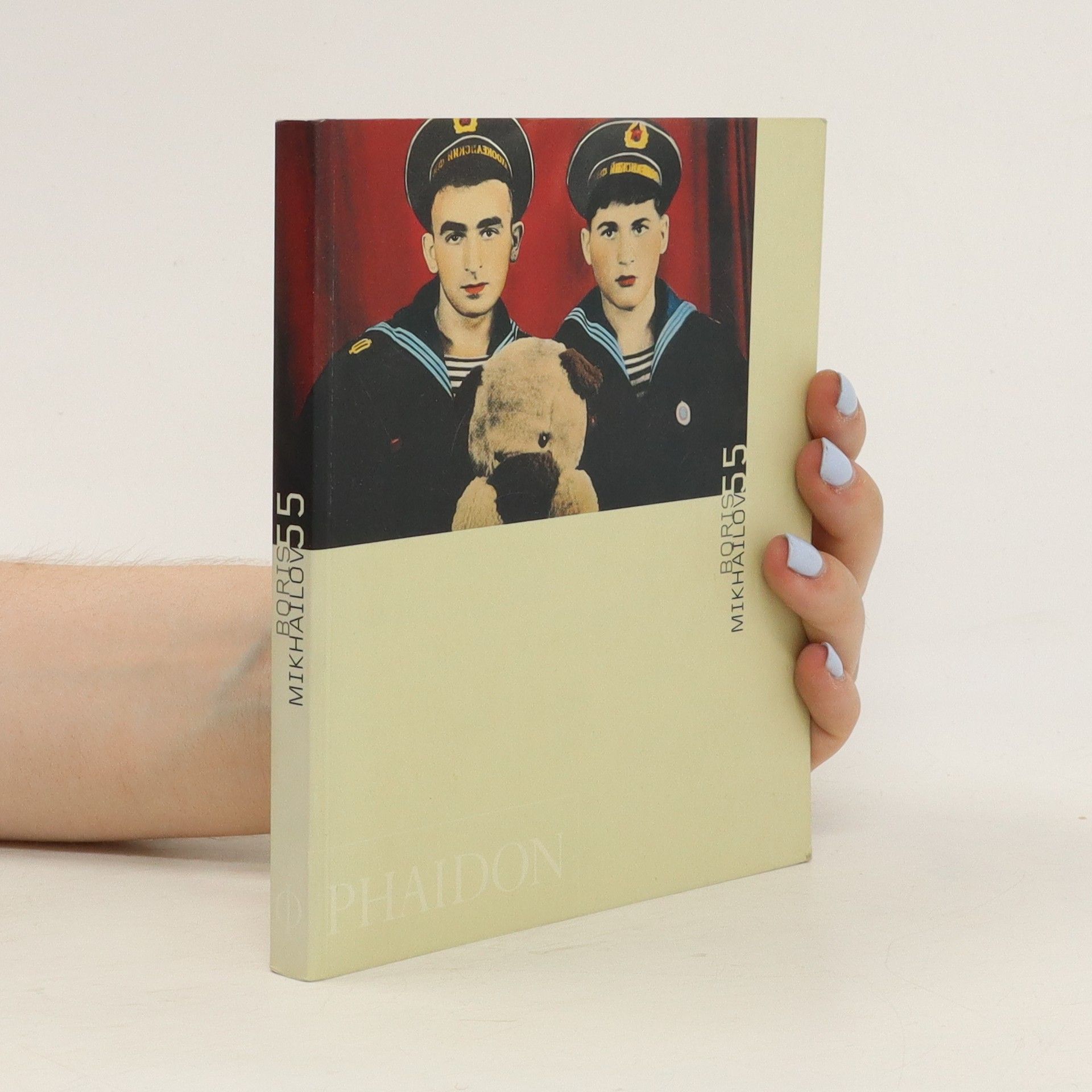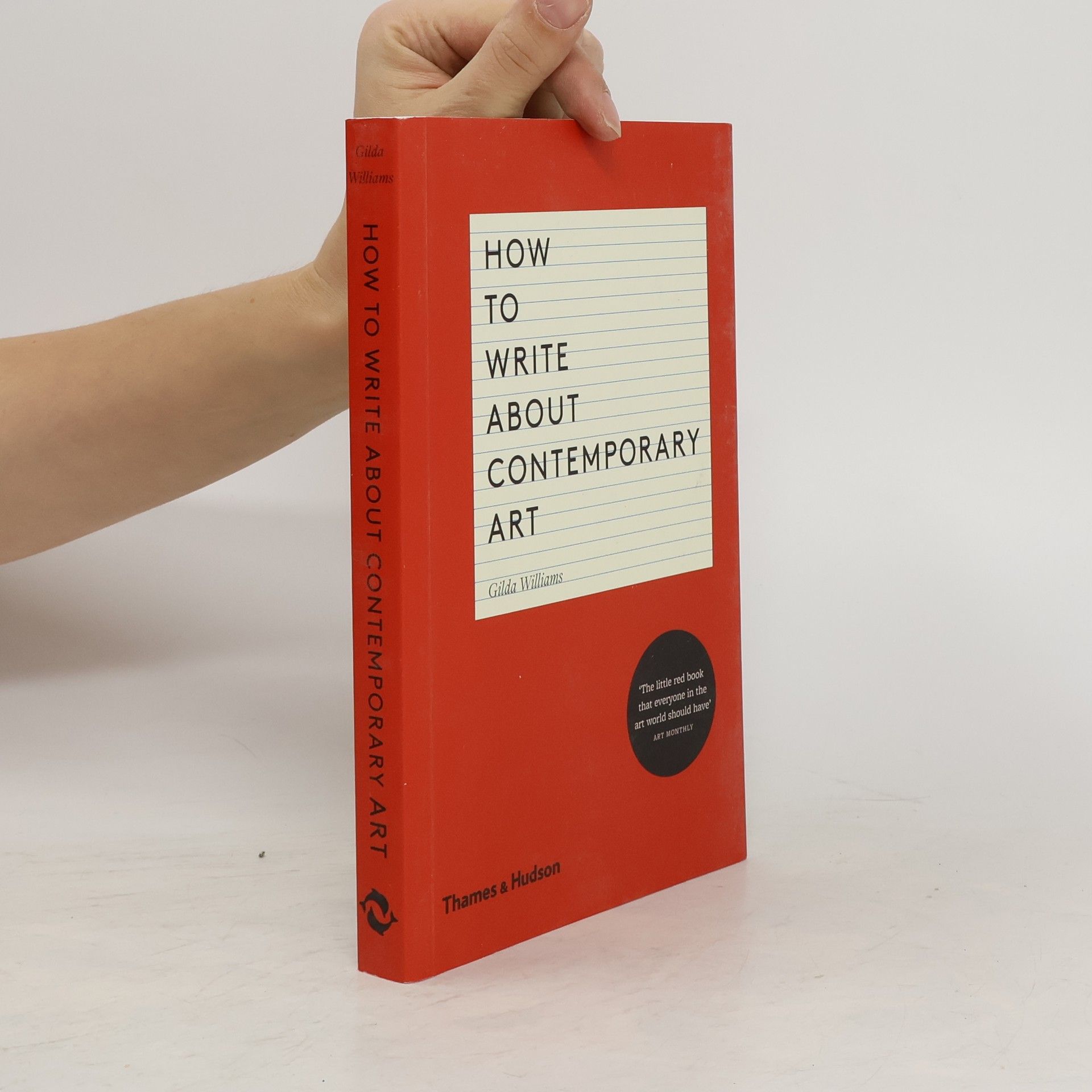How to write about contemporary art
- 264 páginas
- 10 horas de lectura
This guide is essential for anyone looking to write engagingly about contemporary art, serving students, arts professionals, and aspiring writers alike. It covers key elements of style and content, including aims, structure, tone, and language. The book is filled with practical tips across various forms of art writing, such as academic essays, press releases, auction and exhibition texts, gallery guides, op-ed journalism, exhibition reviews, and online content. Gilda Williams advises against common pitfalls like jargon and poor structure, emphasizing the importance of close observation and research. She demonstrates how to use language effectively, develop new ideas, and create compelling texts. The book features over 30 illustrations that support case studies of exemplary writing by 64 authors, including Claire Bishop, Thomas Crow, and Hito Steyerl. Additionally, it includes a general bibliography, grammar advice, and tips for building a contemporary art library. This handbook is a vital resource for anyone interested in effectively communicating about today's art.


